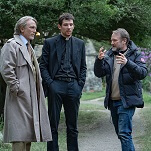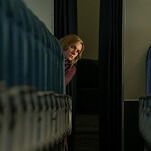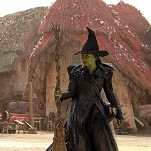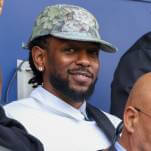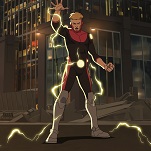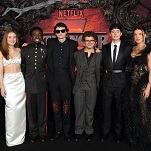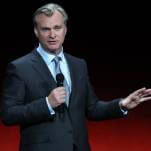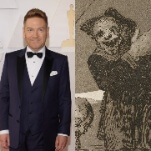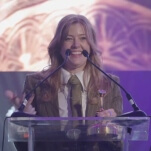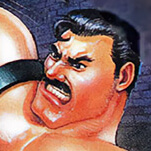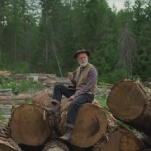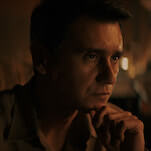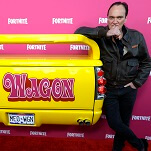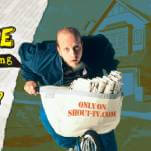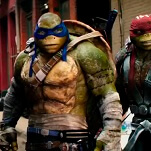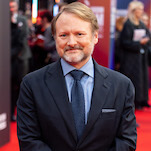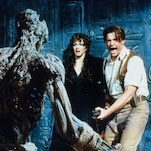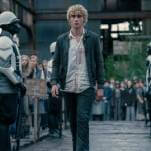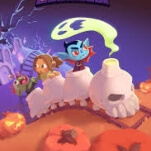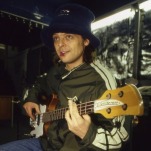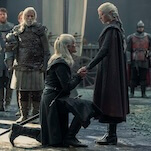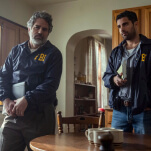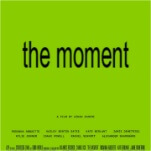The second half of Snowpiercer was more, not less, claustrophobic than the first
Most of us are accomplished watchers of TV and film, so we intuitively understand some of the concepts lurking in dense film-theory tomes. You won’t need them for Internet Film School, The A.V. Club’s column about film and television. In each installment, we explore a basic element of visual composition and analyze examples to understand how the formal properties of film and television manipulate viewers.
Much praise has been showered upon the unsubtle English-language debut of South Korean director Bong Joon-ho, Snowpiercer, but the most interesting came from an unexpected source, conservative columnist Michael Potemra, who wrote that “the film succeeds aesthetically and as pure entertainment” despite the fact that “it’s a pretty heavy-handed Marxist allegory.” Convincing your ideological opponent that your “heavy-handed” slagging of their belief system is an exceptional work of art is quite the feat. Imagine convincing the grandchild of someone who survived a concentration camp that Leni Riefenstahl brilliantly captured the pain of the German people when she had Hitler lay a wreath on the Great War memorial in Triumph Of The Will. Not going to happen.
But that is precisely what a student of film should be able to do—divorce content from form, and remove both from the historical context, in order to understand how a piece works. Which is not to say that Potemra is a student of film, because despite his praise for the “aesthetic” of Snowpiercer, he also claims that “the train is an excellent set, a realized world that manages, amazingly, to avoid claustrophobia.” Potemra seemingly prefers to remember the more well-lit second half of the film to the painfully claustrophobic opening scenes. The latter half of the film, after all, concerns the tortured choices the capitalist elite must make in order for humanity to survive—a theme much more to the liking of someone who writes for the National Review.
But what’s interesting here is not the politics of a single reviewer so much as the tension between the film this critic remembers seeing versus the one he actually saw. The first half of the film is profoundly claustrophobic in a conventional way, so much so that the eventual presence of light becomes a crucial, if brutal, plot point. The latter half of the film, however, is just as claustrophobic, just not conventionally so. It doesn’t “avoid claustrophobia”—if anything, it embraces a more oppressive version.
The film begins with a dehumanizing head-count:
Calling this shot claustrophobic would be an understatement, but it is important to understand how its features interact to produce that feeling of claustrophobia. In this case, it’s a combination of four main factors: The first would simply be the darkness—there is a reason people talk about darkness “closing in” on them—but the more significant factors result from the shot’s awful symmetry.
Joon-ho emphasizes the inherent boxiness of the train car by having his actors occupy the entire frame in the foreground and taper back significantly in the deeper areas of the shot. Had he chosen a medium closeup on a particular face and merely surrounded it with other faces, the shot would look crowded without feeling confined. By choosing this long shot and allowing the audience to peer back through the rows of heads as the distance between them appears to decrease—as per the cyan lines in the image above—he creates the impression of an infinite number of rows within tight space whose borders are clearly defined.
In other words, Joon-ho creates an impression of impossible compression, of an infinite number of rows somehow contained within a finite space. The impossibility implicit in this shot creates the tension that will motivate the entire film, in that there are more people on this train than space to put them, and anyone in the audience with a rudimentary understanding of the human condition—or who ever had to share a room with a sibling—knows that this situation is untenable. This carriage is fit to burst.
